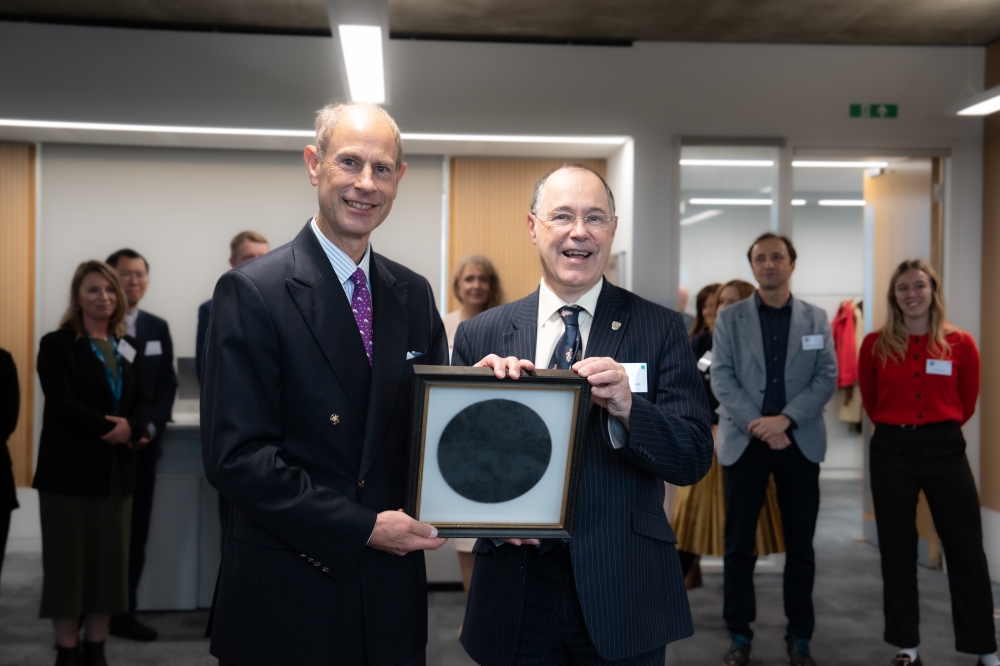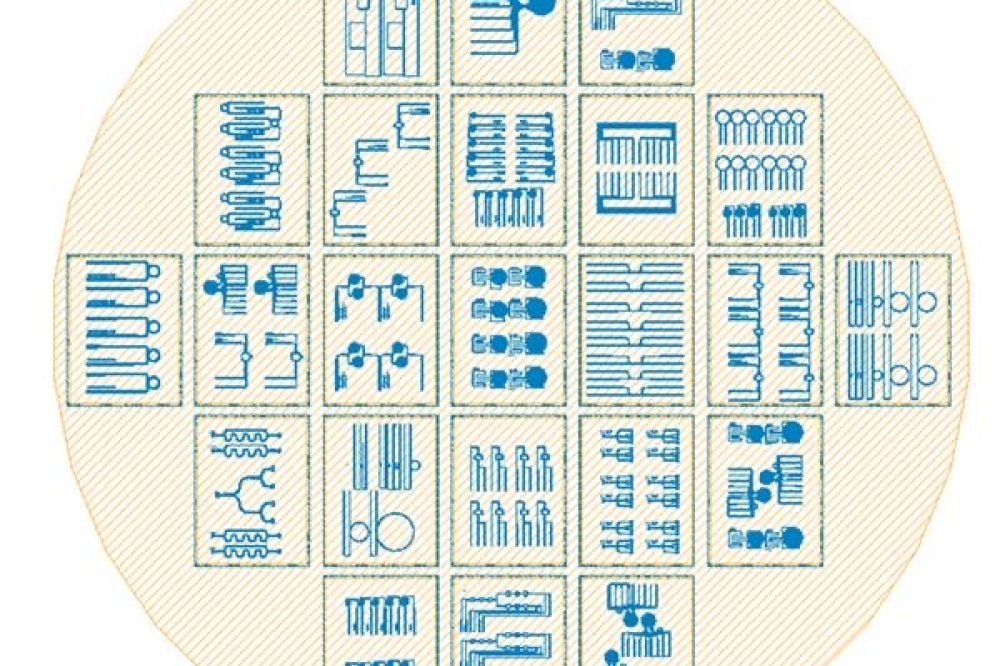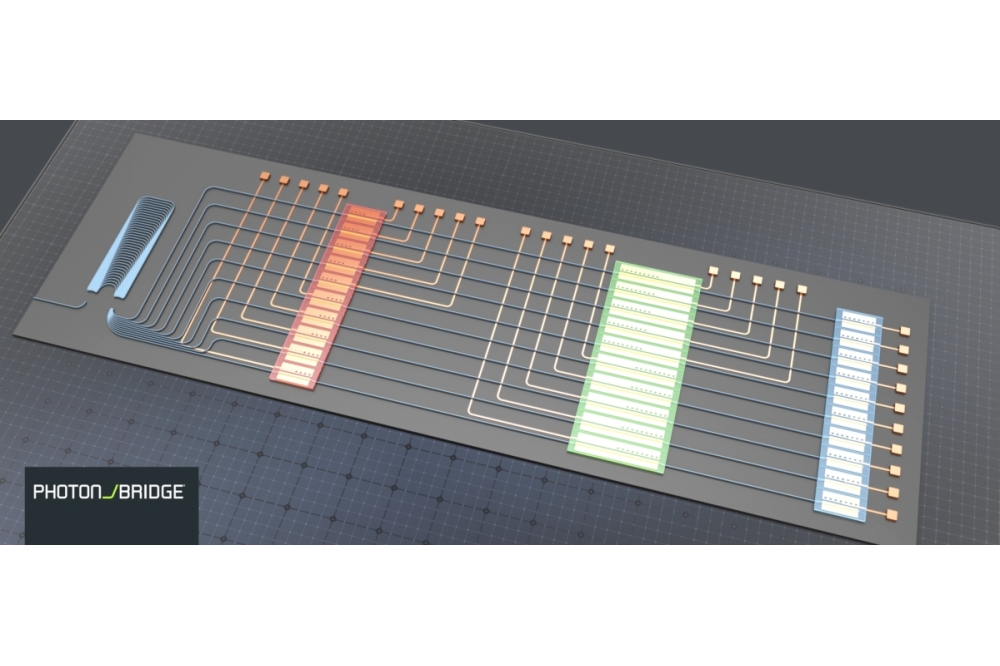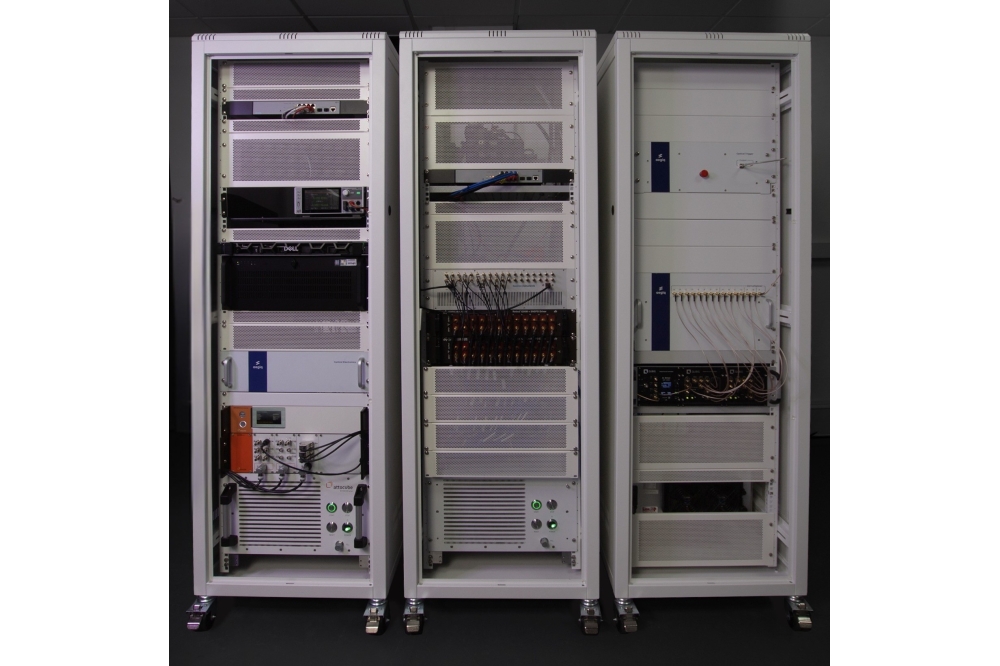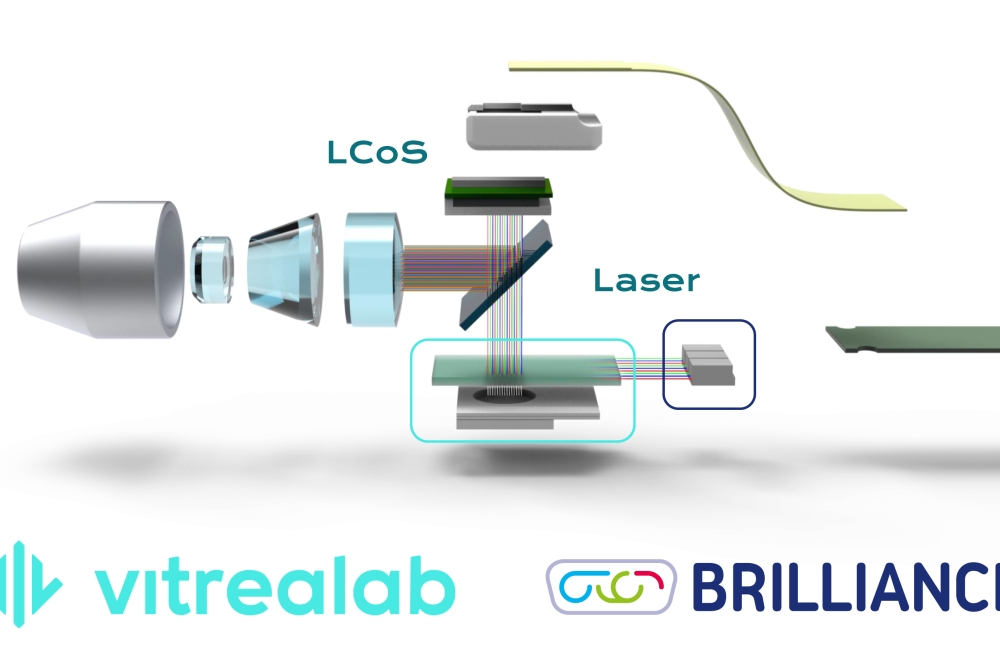Astera Labs to acquire aiXscale Photonics to advance AI connectivity solutions

The company plans to combine aiXscale’s technology for efficiently coupling light between optical fibres and PICs with its connectivity and signal processing portfolio, to develop photonic scale-up solutions for next-generation AI infrastructure
Astera Labs, a provider of semiconductor-based connectivity solutions for rack-scale AI infrastructure, has announced that it has entered into a definitive agreement to acquire aiXscale Photonics. The company expects the acquisition to help enable it to develop photonic scale-up solutions by combining aiXscale’s fibre-chip coupling technologies with its connectivity and signal processing portfolio. The transaction is subject to customary closing conditions.
The next generation of AI infrastructure needs scale-up connectivity solutions that meet aggressive speed, power, and reliability requirements while facilitating high-volume, rack-scale integration. Optical connectivity is critical to supporting the massive bandwidth needs of scale-up systems with hundreds of AI accelerators. Photonic chiplets represent one of the key enabling technologies to deliver the necessary performance and efficiency.
“The transition to AI Infrastructure 2.0 demands purpose-built optical solutions that can handle the complexity and capacity needs of future scale-up networks,” said Sanjay Gajendra, COO and president of Astera Labs. “This acquisition will bring critical talent and advanced photonic technology that, when combined with our fabric switch and signal conditioning expertise, will unleash the full potential of rack-scale AI deployments.”
Jeremy Witzens, CEO and co-founder of aiXscale Photonics, said: “Our optical I/O precision glass coupler technology has been developed specifically to solve the key challenge of efficiently coupling light between photonic integrated circuits and optical fibres in high-density applications.”
Florian Merget, co-founder of aiXscale Photonics, added: “Joining Astera Labs will allow us to deploy and scale this technology as part of a comprehensive photonic solution that will help define the future of AI infrastructure connectivity.”










